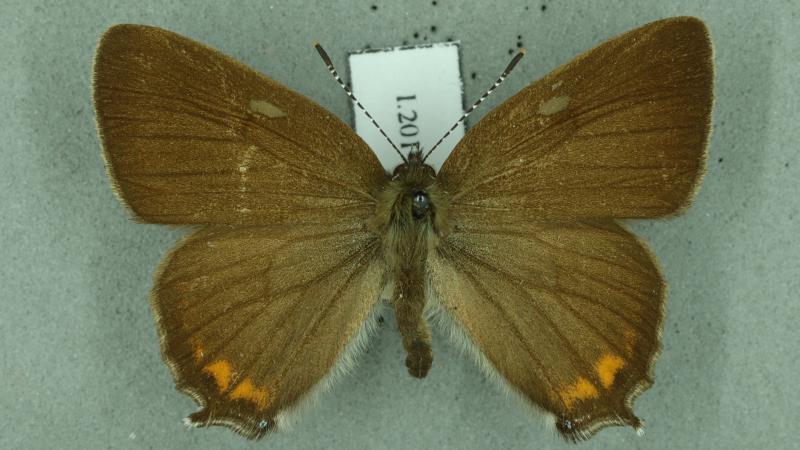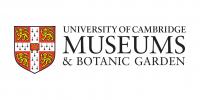
Pictured: black hairstreak, Satyrium pruni
200-year trend in Cambridgeshire: Hard to tell as it was discovered during Jenyns’ lifetime and confusion existed over its identification, but probably little change.
Modern records
The black hairstreak was first discovered in Britain in 1828, amongst a collection of white-letter hairstreaks from Monks Wood, where it was then recognised as a distinct species. This was during the time that Jenyns was living and collecting in Cambridgeshire. However, confusion on the naming of these two hairstreaks continued throughout the 19th century and may explain why Jenyns did not write an entry in his notebook. This confusion makes it difficult to ascertain how common it truly was at the time, but other historical records suggest that it was localised and seen very infrequently.
Today the species is still rare in the county and confined to only a handful of woods containing mature blackthorn, which its larvae feed on. This includes a population at Brampton Wood, where this vulnerable species has a special monitoring programme. Abundance fluctuates widely on an annual basis, with timed counts at Brampton Wood in the 21st Century ranging from a low of just 1 butterfly to peaks of over 100 butterflies in 5 hours standardised counting.
National records map
Black hairstreak national records map: https://species.nbnatlas.org/species/NHMSYS0000504084





